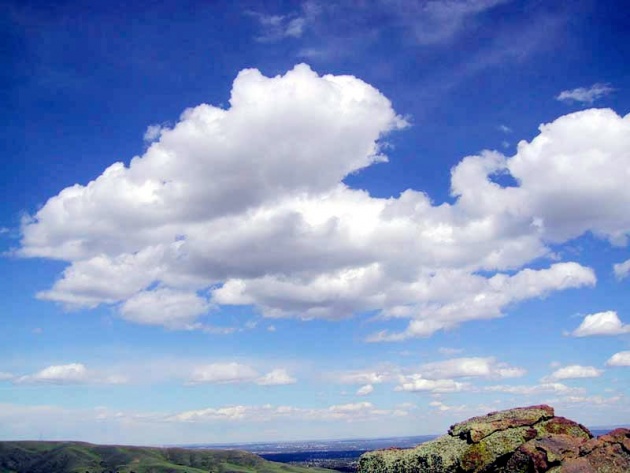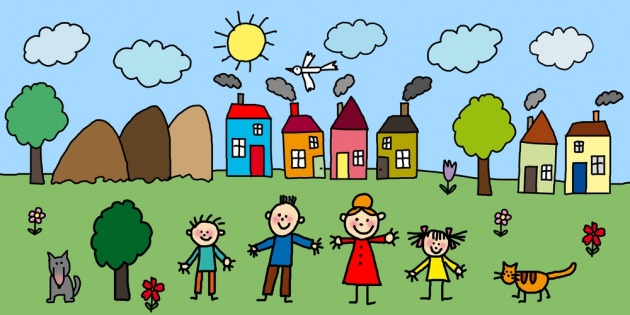The other day I decided to go to the park; it was absolutely beautiful, the sky was a bright blue fading into a darker hue, the trees were a crisp green and the clouds a gorgeous puff of white, bouncy and shaped to perfection triggering various memories through the countless different shapes.
Nature is a part of us. It is everywhere and we need it to survive. I find it absolutely fascinating how human beings living in the concrete jungle seek nature, the park, and a garden, anything green in order to feel a sense of peace and relaxation.

So there I was, mesmerized by the clouds, watching them move across my field of vision into the blue and I started wondering what are the different types of clouds?
First and foremost, a brief recap into our introduction to biology or the living environment course; there are three general types of clouds. The three are stratus, cumulus, and stratocumulus clouds.
Stratus clouds resemble a grayish fog, covering the entire sky and do not necessarily precipitate with the exception of a drizzle now and then. Stratocumulus clouds are low and puffy covering the sky but do not precipitate.

Finally, cumulus clouds are the ones we enjoy and admire the most. Those white puffy balls of cotton, you want to hold in your hand with usually a flat base approximately 3,300 feet above the ground. Cumulus clouds are the main triggers to our imagination but they also can turn into thunderclouds.
It is fun to note that the when we see the foggy, gray stratus clouds we typically say it is going to rain but, in reality the puffy cumulus clouds are actually causing the rain most of the time.
These white puffballs of water vapor are very calming whenever you have had a rough day. No matter what a sunny day at the park with a blanket and a good book or a special friend are bound to relax any individual.

So make the best of it and next time you go to watch the clouds transform play a little game, expand your imagination and see how many different things you can point out from each little puff.



